Home>Furniture>Living Room Furniture>How Tall Should A Coffee Table Be
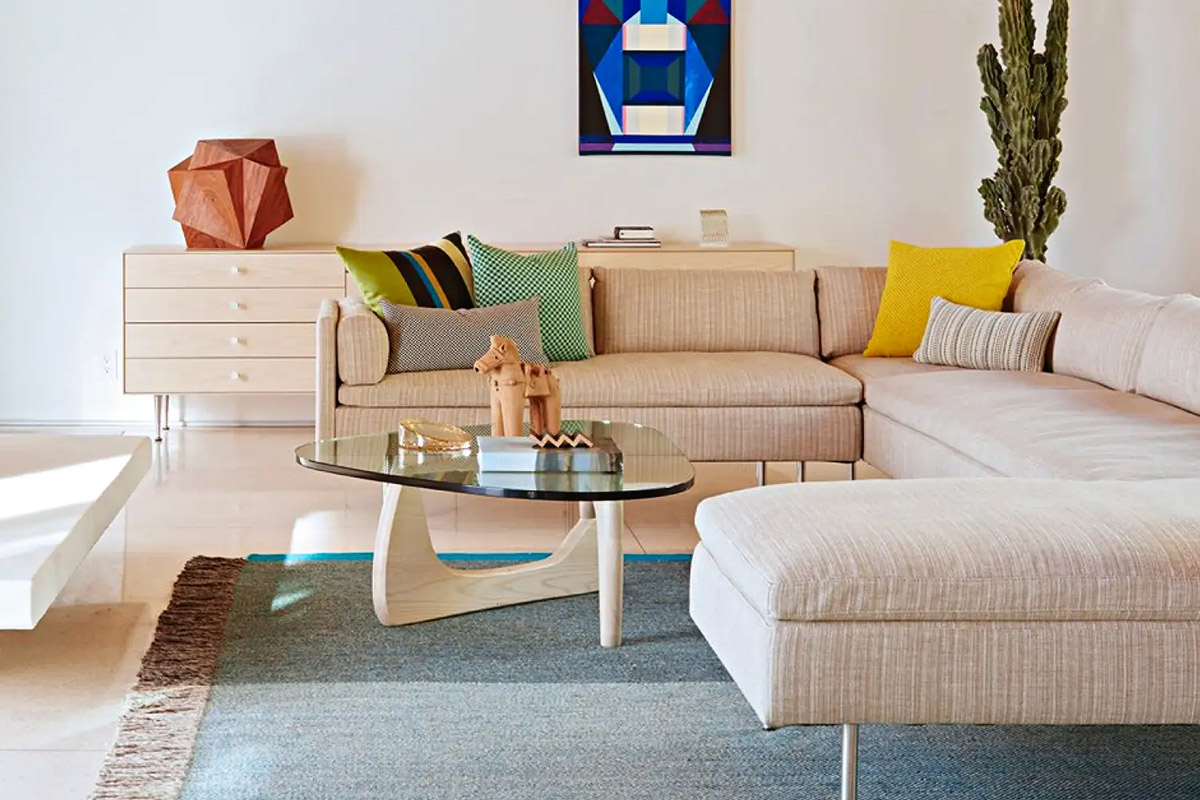

Living Room Furniture
How Tall Should A Coffee Table Be
Modified: March 16, 2024
Find the perfect height for your coffee table in our ultimate guide to living room furniture. Create a functional and stylish space with the ideal coffee table height for your needs.
(Many of the links in this article redirect to a specific reviewed product. Your purchase of these products through affiliate links helps to generate commission for Storables.com, at no extra cost. Learn more)
Introduction
Welcome to the world of living room furniture, where every piece plays a vital role in creating a comfortable and aesthetically pleasing space. Among the many essential furniture items found in a living room, the coffee table stands out as both a functional and decorative piece.
One question that often arises when shopping for a coffee table is, “How tall should a coffee table be?” The height of a coffee table is crucial, as it determines the comfort and usability of the piece. In this article, we will delve into this topic and provide you with a comprehensive guide to choosing the perfect coffee table height for your living room.
Before we delve into the specifics, let’s take a moment to understand the factors that need to be considered when determining the height of a coffee table. These factors include the overall style and design of your living room, the height of your seating arrangement, and any specific functional considerations you may have.
Now that we understand the factors at play, let’s explore the standard height measurements for coffee tables. While there isn’t a one-size-fits-all answer, there are some general guidelines to consider. Standard coffee table heights range from 16 to 18 inches, with variations depending on the style and purpose of the table. Another essential consideration is the height of the seating arrangement.
Key Takeaways:
- Choose a coffee table height that matches your seating for comfort and style. Consider functionality, proportions, and personal preference to create a harmonious living room.
- Explore adjustable options or DIY solutions to customize your coffee table height for a functional and visually appealing living room. Consider safety and stability when making adjustments.
Factors to Consider
When deciding on the height of your coffee table, there are several factors to take into consideration. These factors will help you determine the ideal height that not only complements your seating arrangement but also fits seamlessly into the overall design of your living room.
1. Seating Height: The height of your seating arrangement is an important factor to consider when selecting the height of your coffee table. Generally, the coffee table should be around the same height as the seat of your sofa or chairs. This ensures that you can easily reach items on the table without straining or stretching.
2. Style and Design: The style and design of your living room furniture play a significant role in determining the height of your coffee table. If your furniture has a low profile or sits closer to the ground, a lower coffee table would be more appropriate. On the other hand, if your furniture has a higher or more substantial profile, a taller coffee table can create a more balanced and visually appealing look.
3. Functionality: Consider how you plan to use your coffee table. Will it primarily serve as a surface for drinks and snacks, or will it also function as a work or display area? If you intend to use your coffee table for activities like working on a laptop or showcasing decorative items, a slightly taller table may be more practical.
4. Proportions: It’s essential to consider the proportions of your living room and the other furniture pieces in the space. A coffee table that is too tall or too short can throw off the balance and cohesion of the room. Take into account the scale and size of your sofa or chairs, as well as the overall dimensions of the room, to achieve a harmonious balance.
5. Personal Preference: Ultimately, your personal preference should also guide your decision-making process. Consider what feels most comfortable and visually appealing to you. Remember, you are the one who will be using and enjoying the coffee table every day, so it’s essential that it suits your needs and aesthetic taste.
By taking these factors into account, you can make a well-informed decision about the height of your coffee table that will enhance both the functionality and aesthetics of your living room. Now, let’s explore the standard height measurements for coffee tables and how they can be adapted to various seating arrangements.
Standard Height Measurements
When it comes to coffee table height, there are some standard measurements that can serve as a useful starting point. The most common height range for coffee tables is between 16 and 18 inches. However, it’s important to note that these measurements can vary depending on the specific style and purpose of the coffee table.
A typical coffee table height of 16 to 18 inches works well for most standard seating arrangements. This range allows for easy access to items on the table while sitting comfortably on a sofa or chair. It strikes a balance between functionality and aesthetics, providing a surface that is within reach without obstructing the view or movement around the living room.
For a more contemporary or modern look, you might consider a slightly lower coffee table height of around 14 to 16 inches. This lower height can create a sleek and minimalist appearance, especially when paired with low-profile seating options. It can also enhance the sense of openness and spaciousness in the room.
On the other hand, if you have higher seating arrangements such as tall sofas or chairs, you may opt for a taller coffee table. A height of 18 to 20 inches can provide a more substantial presence and better visual balance with taller furniture pieces. This height also works well if you prefer to use your coffee table for additional functions like dining or working.
It’s important to remember that these standard height measurements are not set in stone. Ultimately, the height of your coffee table should be tailored to your specific needs and preferences. Consider the other factors we discussed earlier, such as the height of your seating arrangement and the overall style of your living room, to determine the perfect height for your coffee table.
Next, let’s explore how to match your coffee table height with your seating arrangement to create a cohesive and harmonious look.
Matching Coffee Table with Seating
Matching your coffee table height with your seating arrangement is crucial for creating a visually pleasing and functional living room. When the height of the coffee table aligns with the seat height of your sofa or chairs, it ensures a comfortable and cohesive experience for you and your guests.
If you have a low-profile seating arrangement, such as a sectional or a sofa with a lower seat height, opt for a coffee table that is relatively low. Aim for a height between 14 to 16 inches to maintain a visually balanced look. This allows for easy access to items on the table while keeping the overall proportion in check.
On the other hand, if your seating arrangement has a higher seat height, such as an armchair or a taller sofa, a slightly taller coffee table can create a better alignment. Aim for a height between 18 to 20 inches to ensure a comfortable reach while seated. This height also provides a more substantial presence that complements the taller seating pieces.
When matching your coffee table with seating, it’s also important to consider the depth and width of the table. Ideally, the depth of the table should be proportional to the seating depth, allowing for enough space to place drinks, snacks, or decorative items without overcrowding the surface.
Furthermore, consider the width of the coffee table in relation to the width of your seating arrangement. The table should be wide enough to accommodate items for everyone seated around it comfortably. It’s a good idea to leave enough space between the edge of the table and the edge of the seating to ensure easy movement and prevent any accidental bumps.
Remember, the goal is to create a harmonious and balanced look between the coffee table and seating. By considering the height, depth, and width, you can find the perfect match that enhances both the functionality and aesthetics of your living room.
Next, let’s explore how the height of the coffee table can vary based on different styles and design preferences.
A standard coffee table should be about 16-18 inches tall, which is the ideal height for most seating arrangements. This allows for comfortable reach and visual balance in the room.
Coffee Table Height for Different Styles
When it comes to coffee table height, various styles and design preferences can influence the optimal height for your living room. Different styles call for different table heights to complement the overall aesthetic and functionality. Let’s explore how the height of a coffee table can vary based on different styles.
1. Contemporary and Minimalist: Contemporary and minimalist styles often favor lower coffee table heights to maintain clean lines and a sense of openness. A height of around 14 to 16 inches works well, creating a sleek and streamlined look that complements the low-profile seating often found in these styles.
2. Traditional and Classic: Traditional and classic styles may call for slightly taller coffee tables to match the larger-scale furniture pieces typically seen in these designs. A height of around 18 to 20 inches can provide a more substantial presence and better visual balance with the taller seating arrangements.
3. Industrial and Rustic: Industrial and rustic styles often embrace a raw, rugged aesthetic. For these styles, a coffee table with a height range of 16 to 18 inches can work well. This height maintains practicality while blending seamlessly with the rough textures and materials typically found in these design styles.
4. Mid-Century Modern: Mid-century modern styles embrace clean lines, organic shapes, and a sense of functionality. Coffee tables for this style often have a height of around 16 to 18 inches, aligning with the standard measurements. This allows for a comfortable reach and creates a cohesive look with the mid-century modern seating pieces.
5. Eclectic and Bohemian: Eclectic and bohemian styles are characterized by their eclectic mix of patterns, colors, and textures. There is often no set rule for coffee table heights in these styles, as they encourage a personalized and unique approach. You can choose a height that best suits your seating arrangement and complements the overall eclectic vibe of the room.
Remember, these are just general guidelines, and you have the flexibility to adapt the coffee table height to your personal preferences and the specific characteristics of your living room. Consider the style and design theme you are aiming for, and choose a coffee table height that enhances the overall aesthetic appeal and functionality of the space.
Next, let’s explore some functional considerations when determining the ideal coffee table height for your living room.
Read more: How Tall Should A Console Table Be
Functional Considerations
When choosing the height of your coffee table, it’s essential to consider the specific functional requirements you have for the piece. Understanding how you plan to use the table will help determine the most suitable height for your needs. Here are some functional considerations to keep in mind:
1. Entertainment and Relaxation: If you envision using your coffee table as a surface for placing drinks, snacks, and entertainment items, such as remote controls or magazines, a height of 16 to 18 inches will provide easy access to these items while seated comfortably. This height allows you to reach items without straining or leaning too far forward.
2. Work and Productivity: If you plan to use your coffee table as a makeshift work area, a slightly taller table may be more suitable. Aim for a height of around 18 to 20 inches, allowing for a comfortable working position and enough space to accommodate a laptop or paperwork.
3. Display and Décor: If you intend to showcase decorative items, such as vases, sculptures, or coffee table books, consider a coffee table height that allows these items to be displayed at eye level. This will draw attention to the decor and create a visually appealing focal point. A height within the standard range of 16 to 18 inches should work well for this purpose.
4. Child-friendly Considerations: If you have young children in the house, safety becomes a significant factor to consider. Opting for a coffee table with rounded edges or a lower height can minimize the risk of accidents and make it easier for children to safely access the table.
5. Multi-functional Use: If you anticipate using your coffee table for a variety of purposes, such as dining, playing board games, or hosting gatherings, consider a height that accommodates these different activities. Adjustable coffee tables are a great option, allowing you to modify the height based on your specific needs.
By taking these functional considerations into account, you can select a coffee table height that caters to your specific needs and enhances the usability of your living room. Making sure that the height aligns with the intended functionality will ensure that your coffee table becomes a valuable and versatile piece in your space.
Next, let’s explore how you can adjust the height of your coffee table to suit different preferences and situations.
Adjusting Coffee Table Height
Adjusting the height of your coffee table can be a practical solution if you find that the standard measurements or your current table height are not meeting your specific needs. There are a few options available to help you achieve the desired height:
1. Adjustable Coffee Tables: An adjustable coffee table is a versatile option that allows you to modify the height according to your preferences and functional requirements. These tables typically come with a mechanism that allows for easy height adjustment, whether it’s a hydraulic lift system or a collapsible design. This flexibility ensures that the table can adapt to different situations and accommodate various activities.
2. Table Risers or Leg Extenders: If you already have a coffee table that you love but want to increase its height, table risers or leg extenders can be a practical solution. These are accessories that can be placed beneath the table legs to raise the overall height. Make sure to choose risers or extenders that are sturdy and stable to ensure the safety and stability of the table.
3. DIY Solutions: If you have some DIY skills and are feeling adventurous, you can consider customizing your coffee table height. Depending on the construction of your table, you may be able to remove the legs, shorten or extend them, or even build entirely new legs to achieve the desired height. This option requires some woodworking skills and tools, so make sure to assess your capabilities before attempting any modifications on your own.
4. Layering or Nesting Tables: Another creative option is to use multiple tables of varying heights together. By layering or nesting tables, you can create a customized height arrangement that suits your needs. This option is particularly useful when you have different seating areas or if you want to create visual interest by playing with varying heights and styles.
Remember that when adjusting the height of your coffee table, it’s important to maintain stability and balance. Ensure that the table remains level and sturdy, regardless of any modifications made. Additionally, consider the visual aesthetics and overall harmony of your living room, ensuring that the adjusted height complements the surrounding furniture and style.
By exploring these options for adjusting coffee table height, you can customize the piece to perfectly suit your needs and preferences, creating a more functional and enjoyable living room setup.
Let’s conclude our exploration of coffee table height considerations and the various ways to adjust it.
Conclusion
Choosing the right height for your coffee table is an important consideration in creating a comfortable and visually appealing living room. By taking into account factors such as the height of your seating arrangement, the style and design of your space, and your specific functional requirements, you can find the perfect balance for your coffee table.
While the standard height for coffee tables typically ranges from 16 to 18 inches, it’s essential to remember that these measurements can vary based on different styles and seating arrangements. Contemporary styles often favor lower heights, while traditional styles may call for slightly taller tables to match larger-scale furniture pieces.
Adjustable coffee tables offer a versatile solution, allowing you to modify the height as needed to accommodate different activities or preferences. Table risers or leg extenders can also raise the height of an existing table, while DIY options or layering tables of varying heights offer creative alternatives.
Ultimately, the height of your coffee table should be tailored to your specific needs, comfort, and aesthetic preferences. By considering the functional requirements of your living room, you can ensure that your coffee table enhances both the usability and visual appeal of the space.
Remember to also consider the proportions and balance of your living room, as well as any safety considerations if you have young children. By finding the right height, you can create a cohesive and harmonious look that transforms your living room into a comfortable and inviting space for both everyday use and entertaining guests.
So, whether you choose a low-profile table for a contemporary look, a taller table for a traditional feel, or something in between, the height of your coffee table should reflect your personal style and needs. Now, armed with this guide, you can confidently select the perfect coffee table height that will elevate your living room furniture ensemble to new heights.
Frequently Asked Questions about How Tall Should A Coffee Table Be
Was this page helpful?
At Storables.com, we guarantee accurate and reliable information. Our content, validated by Expert Board Contributors, is crafted following stringent Editorial Policies. We're committed to providing you with well-researched, expert-backed insights for all your informational needs.
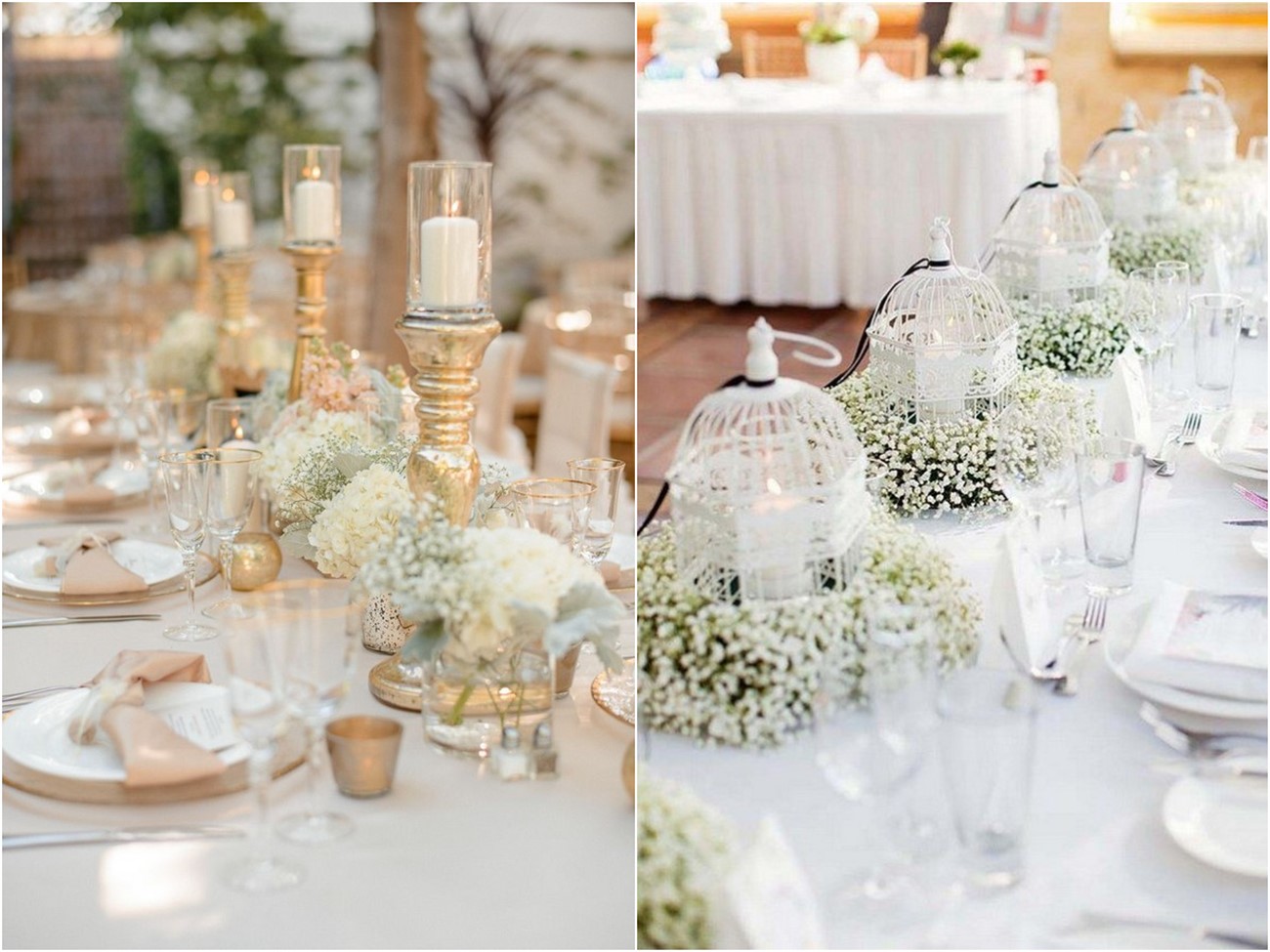
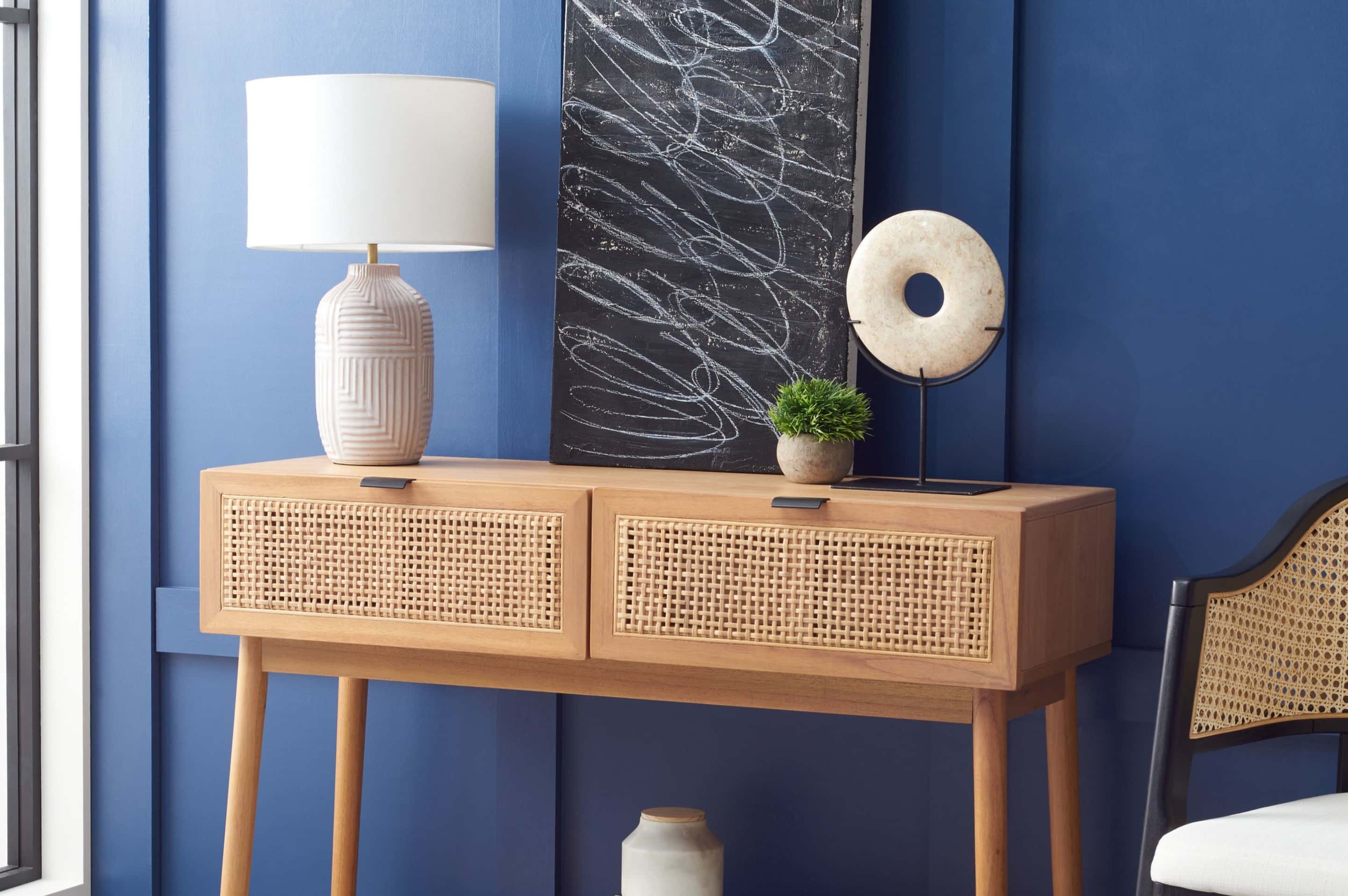
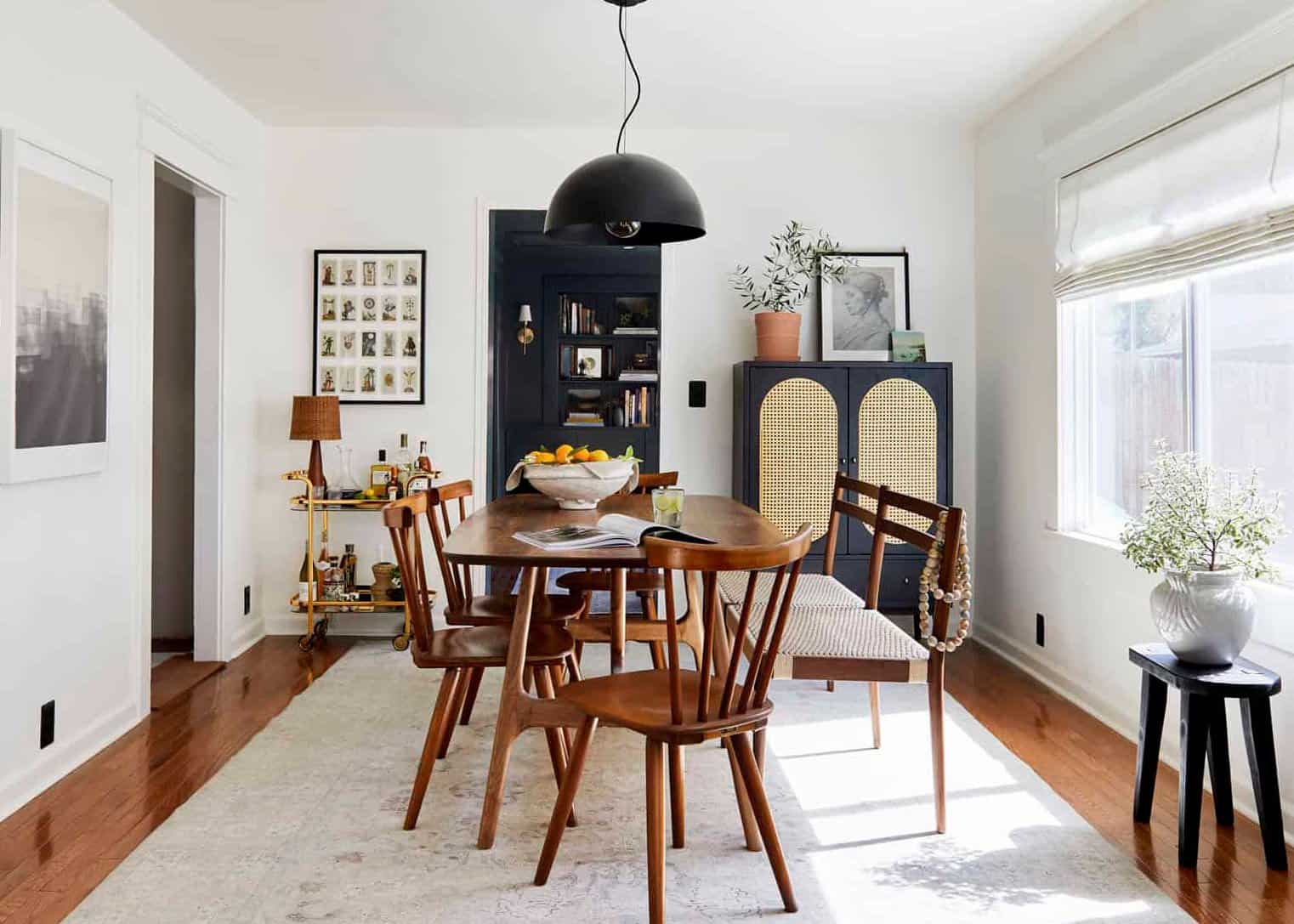
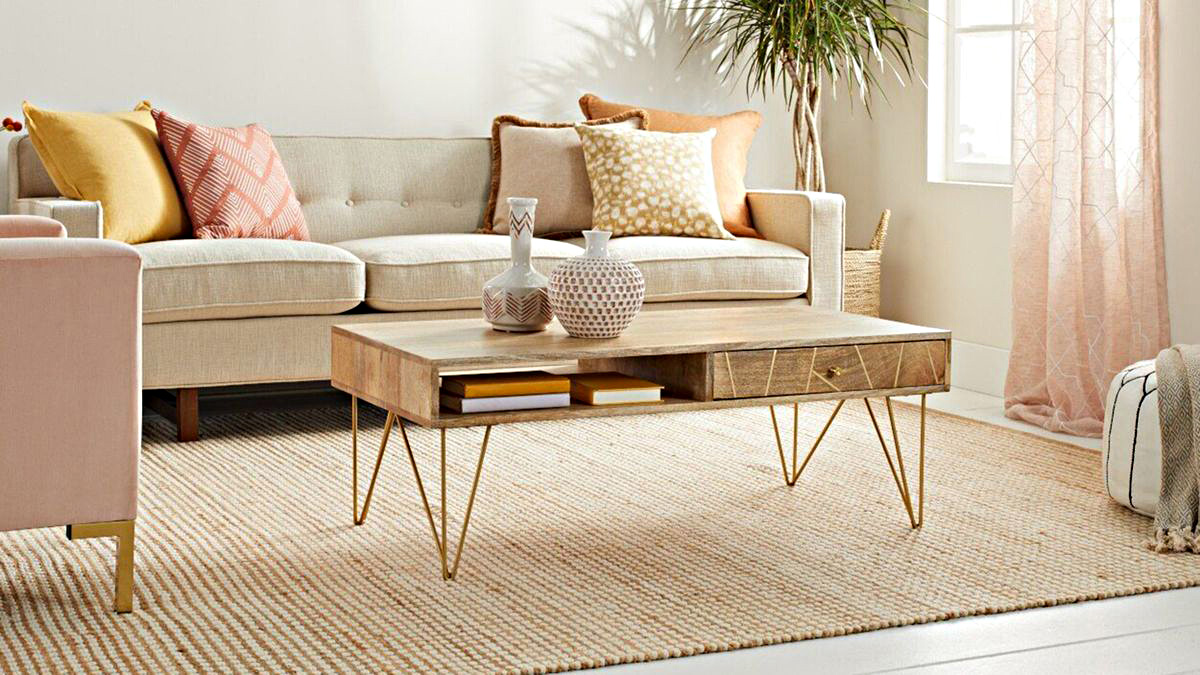
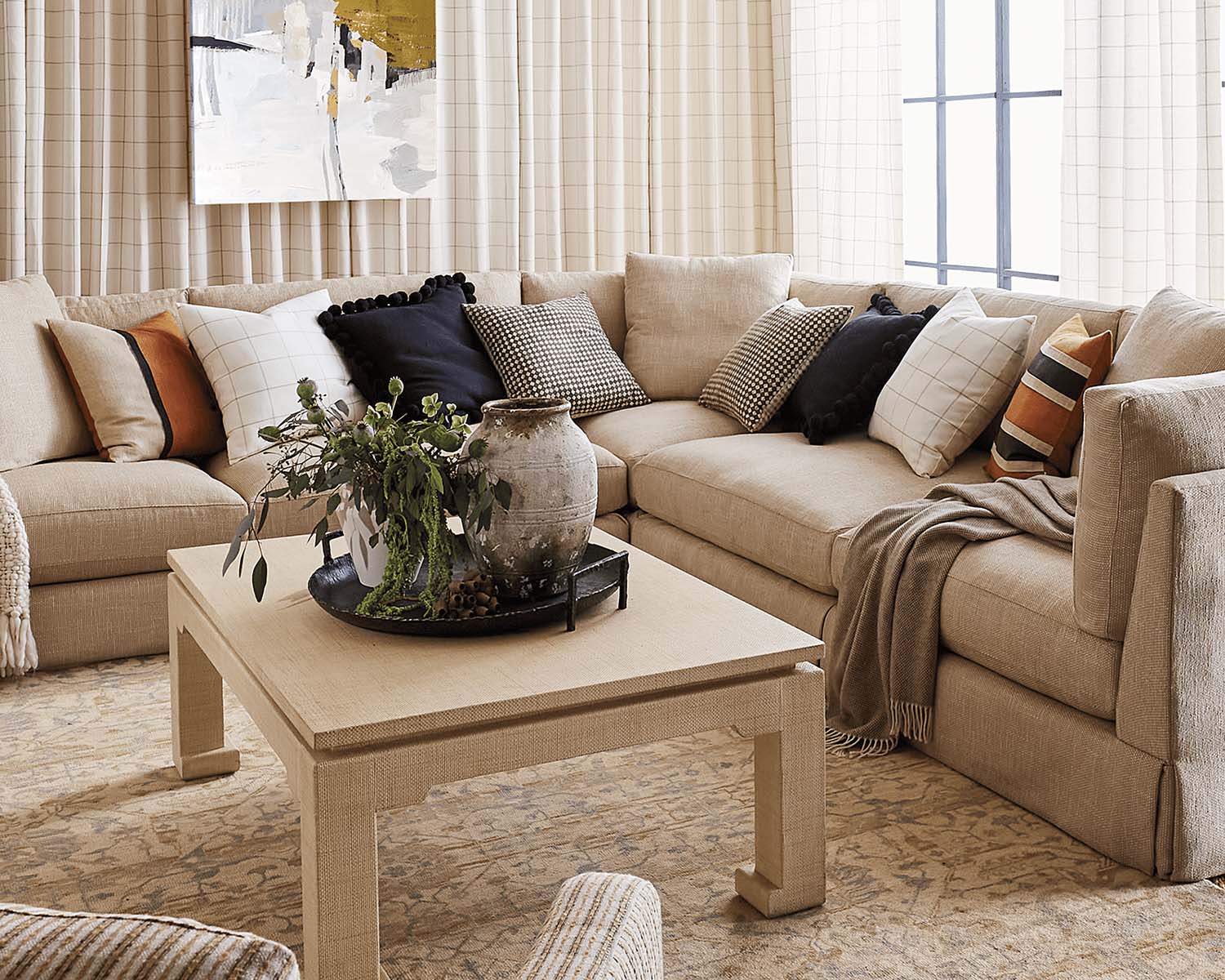
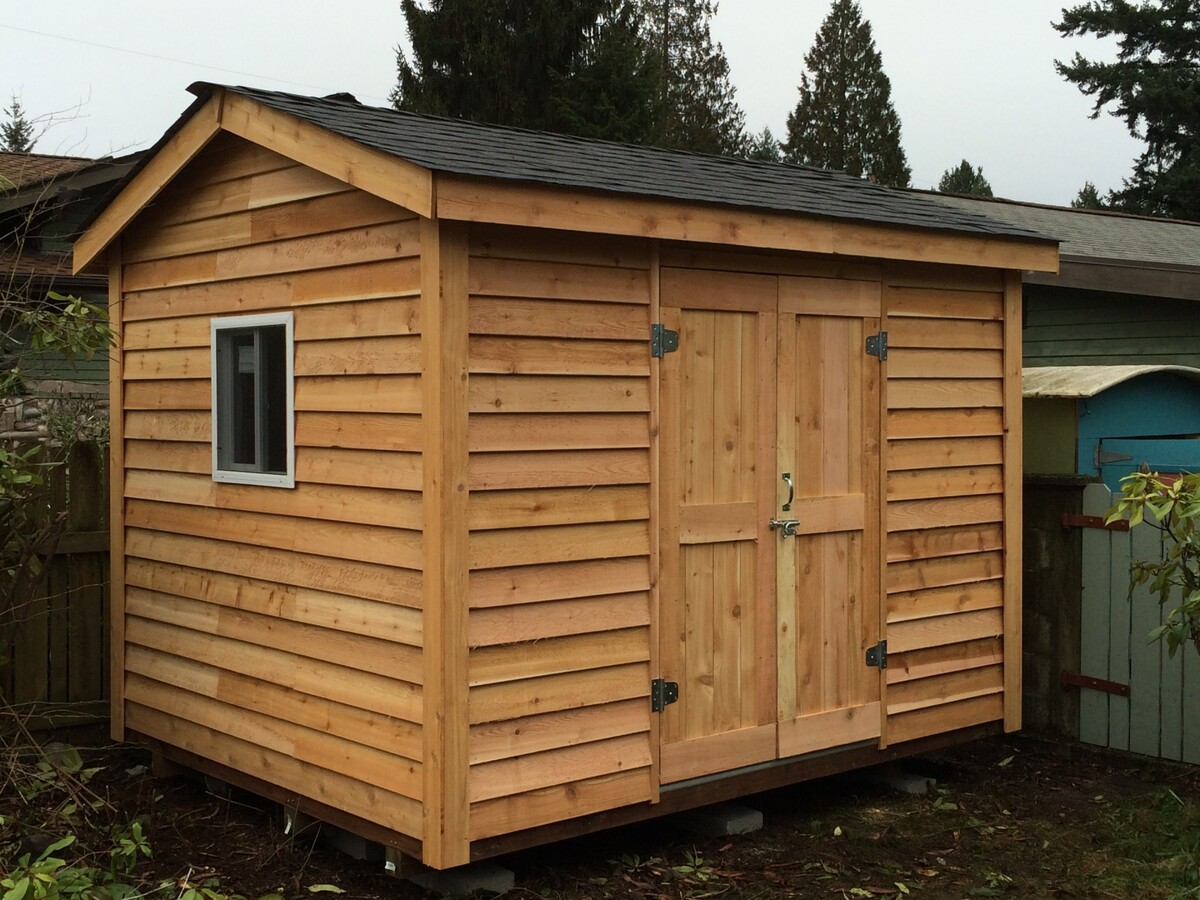
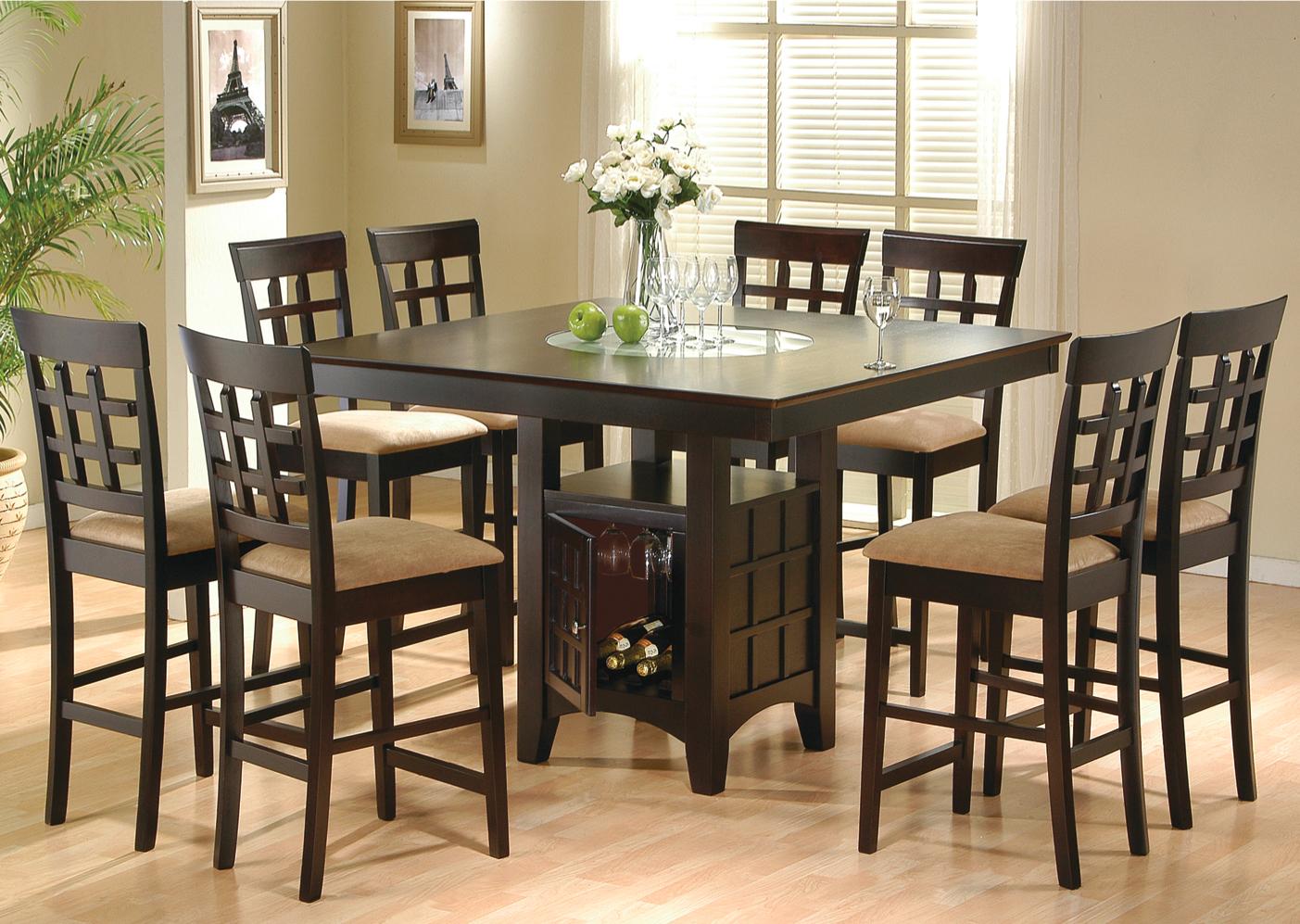
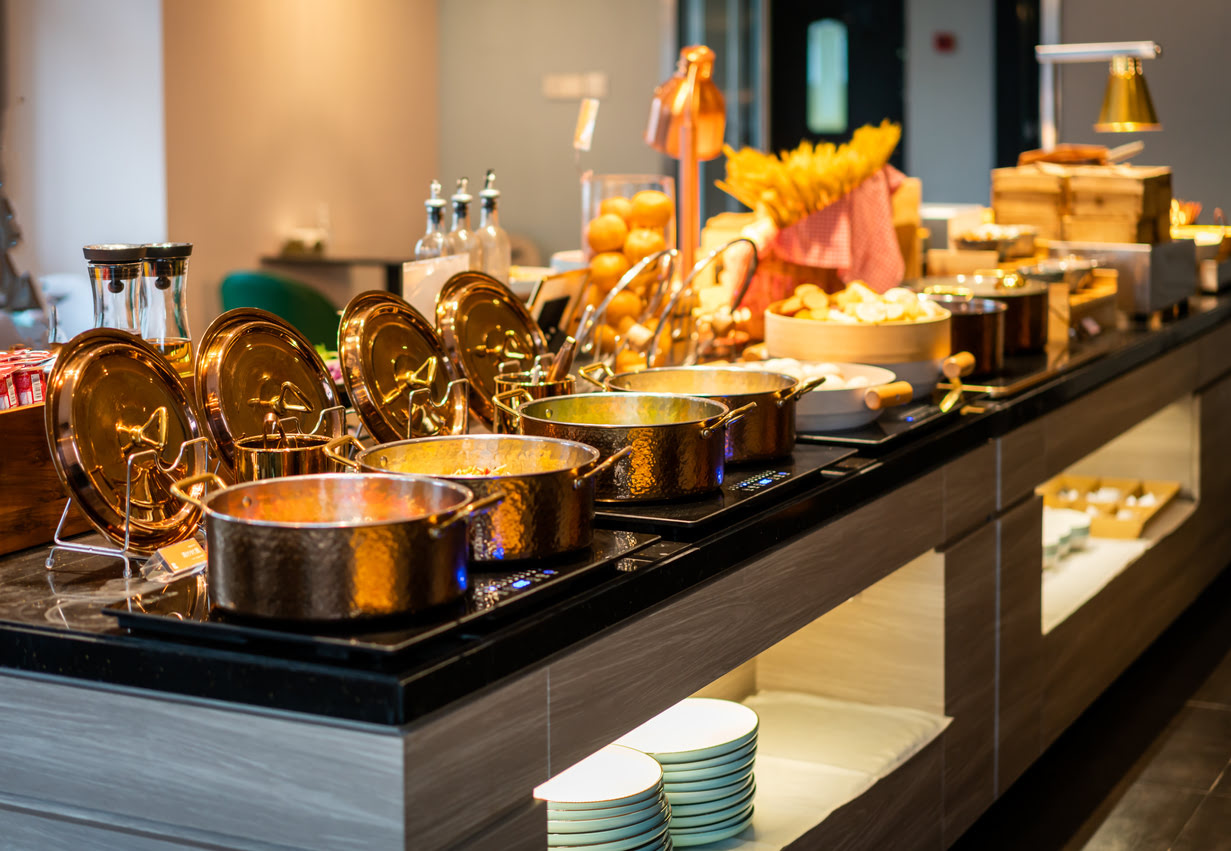
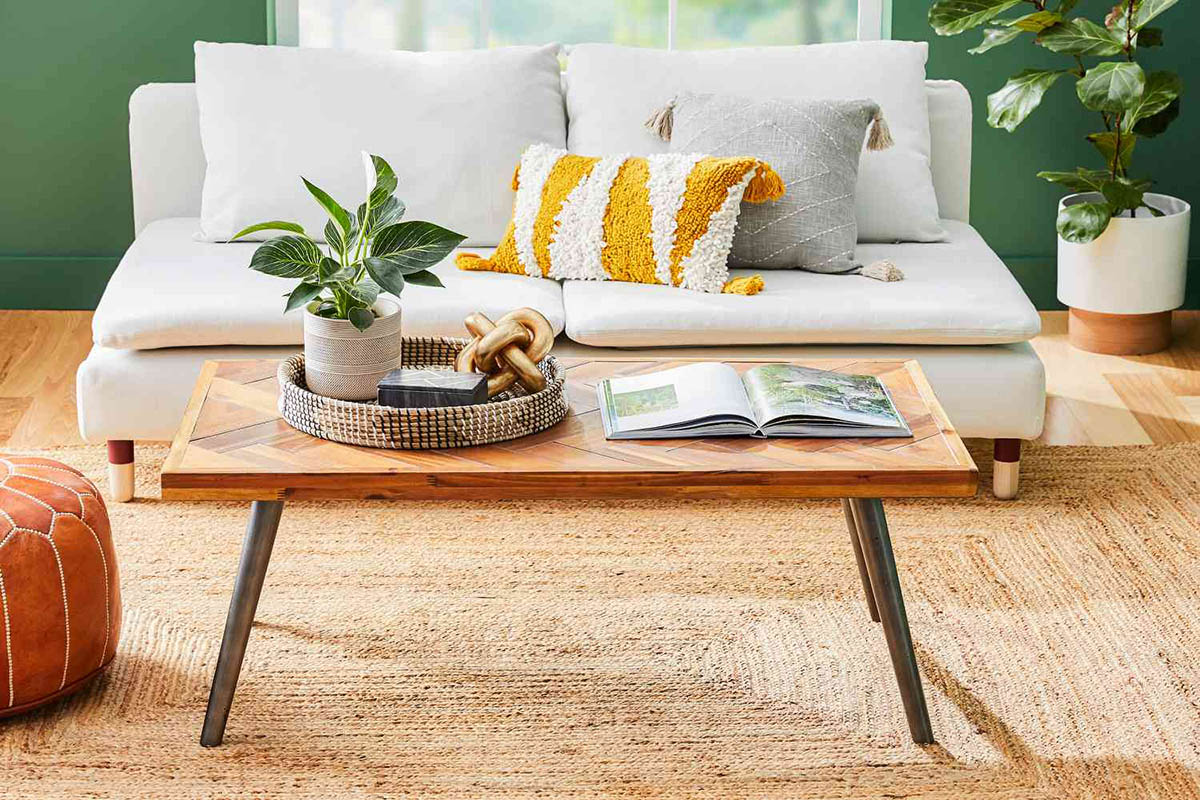
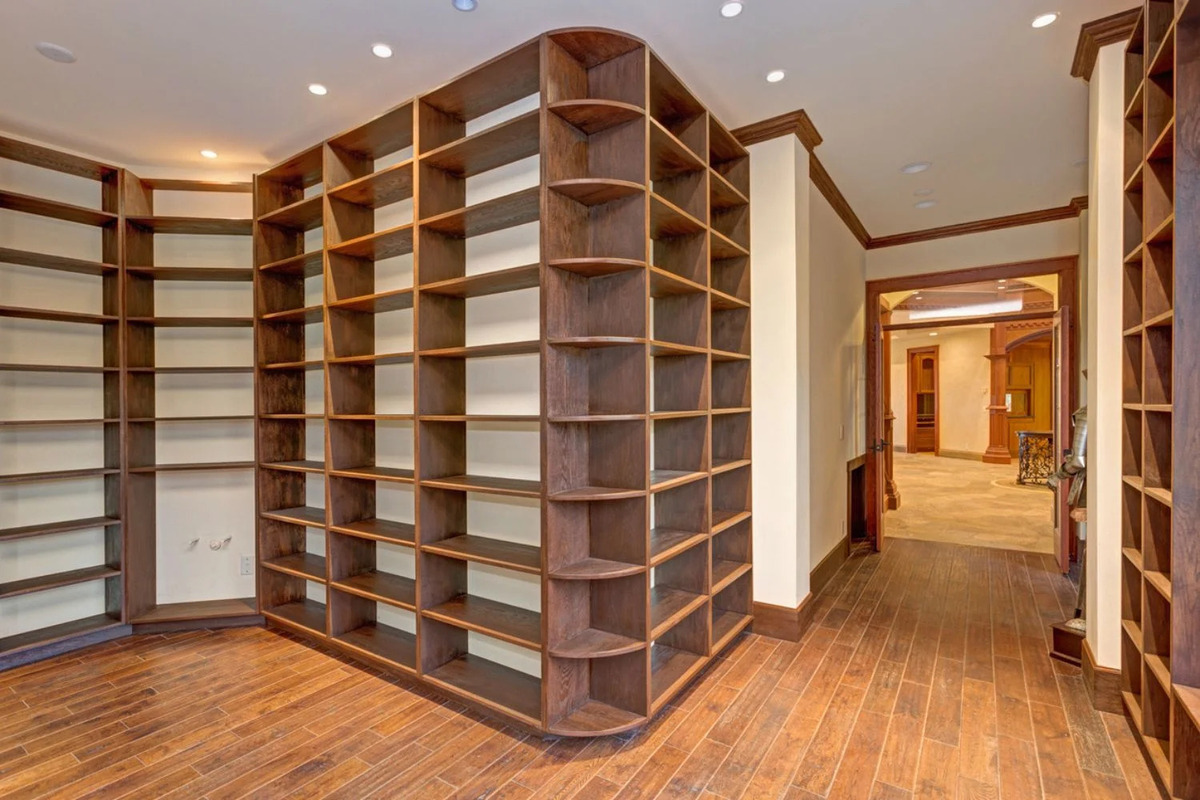
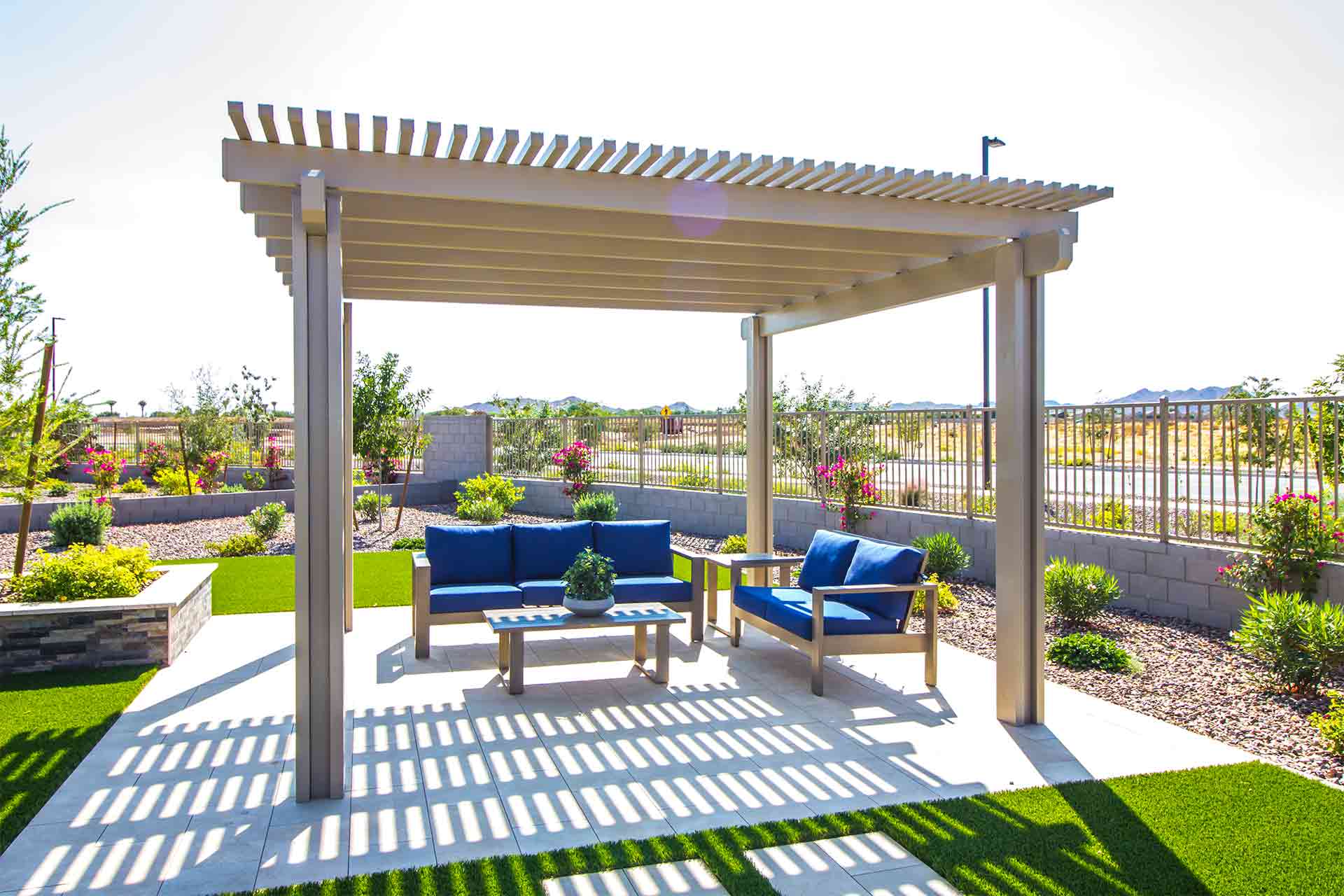
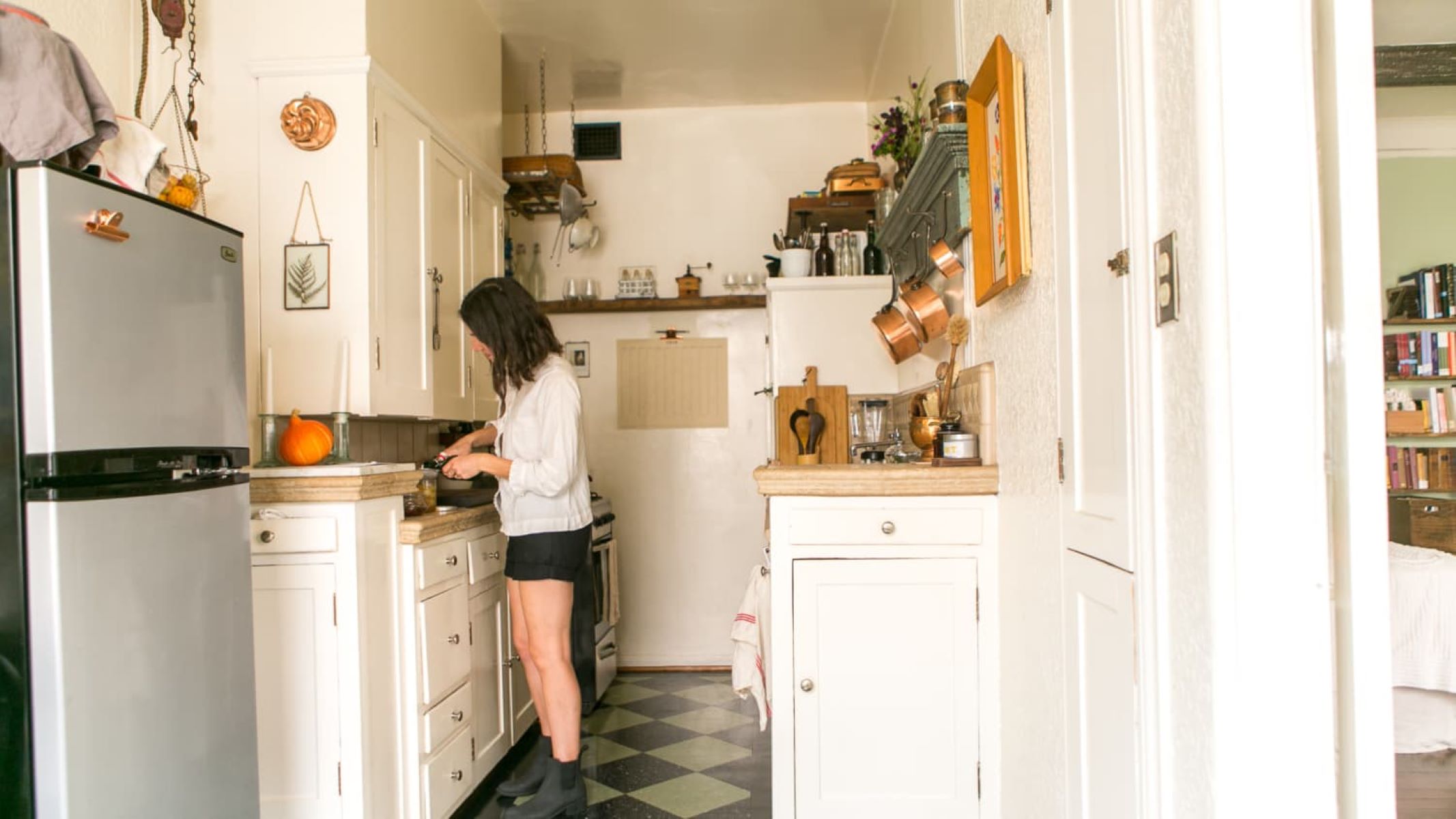
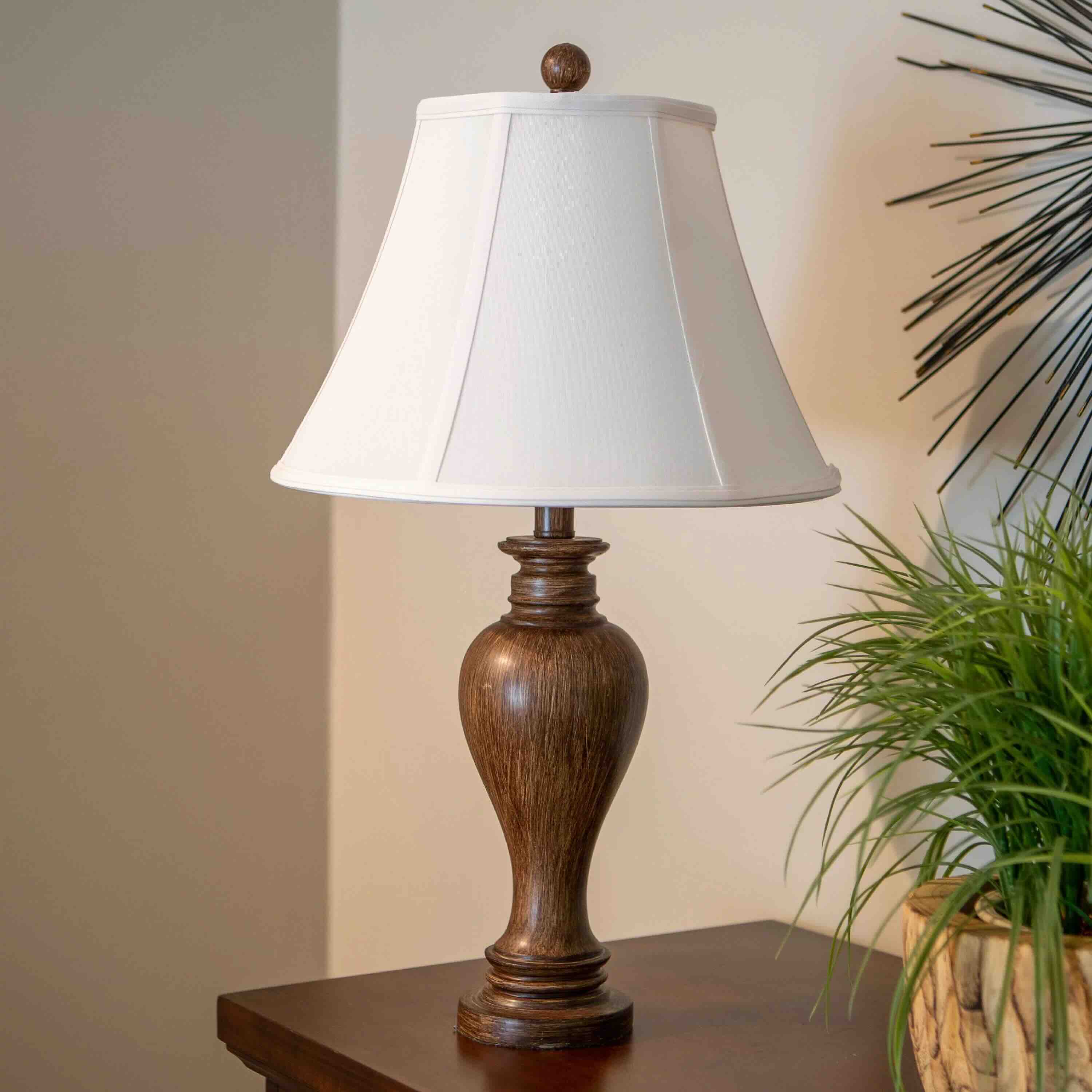
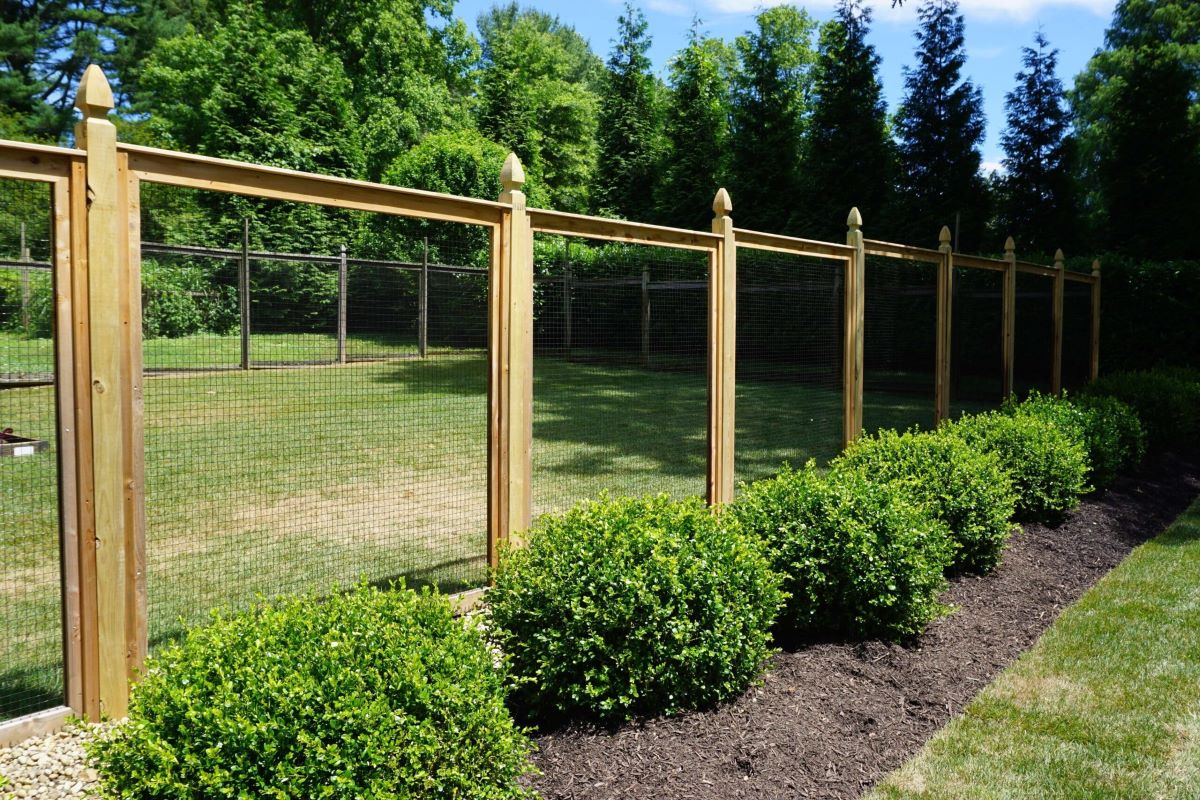

0 thoughts on “How Tall Should A Coffee Table Be”